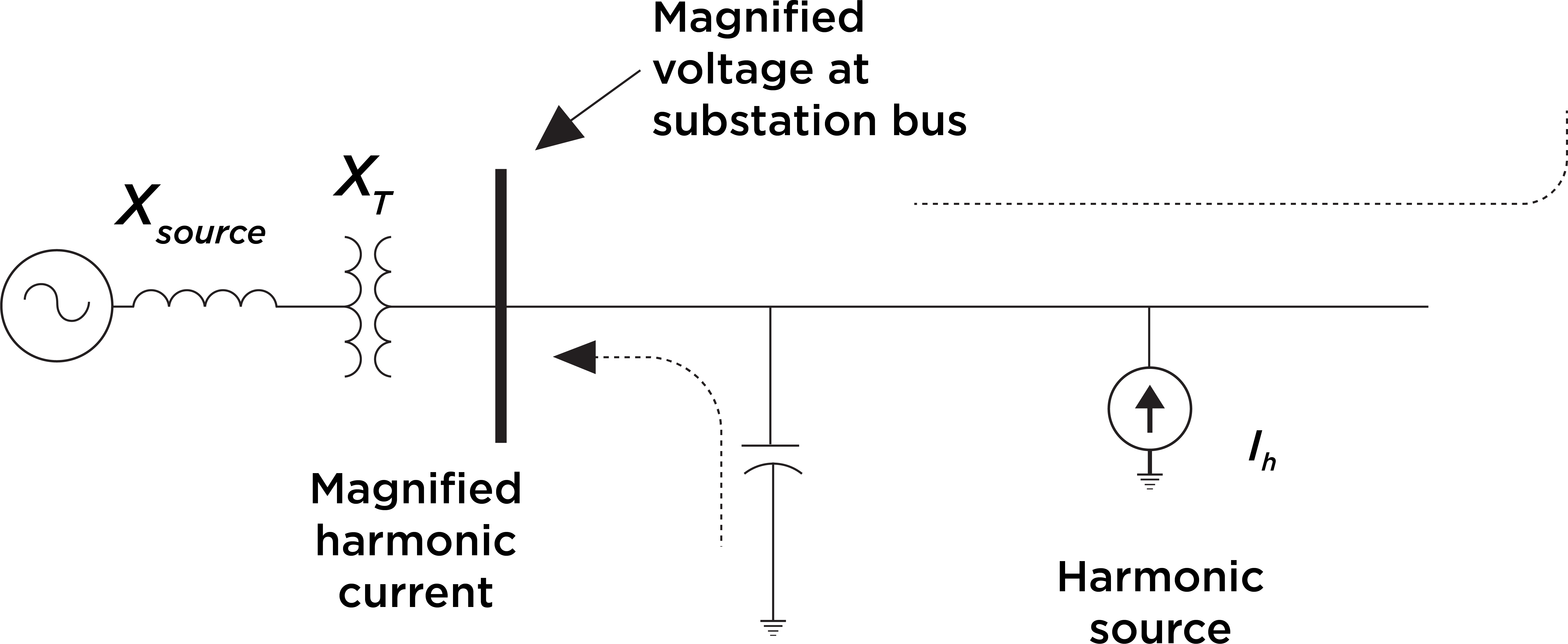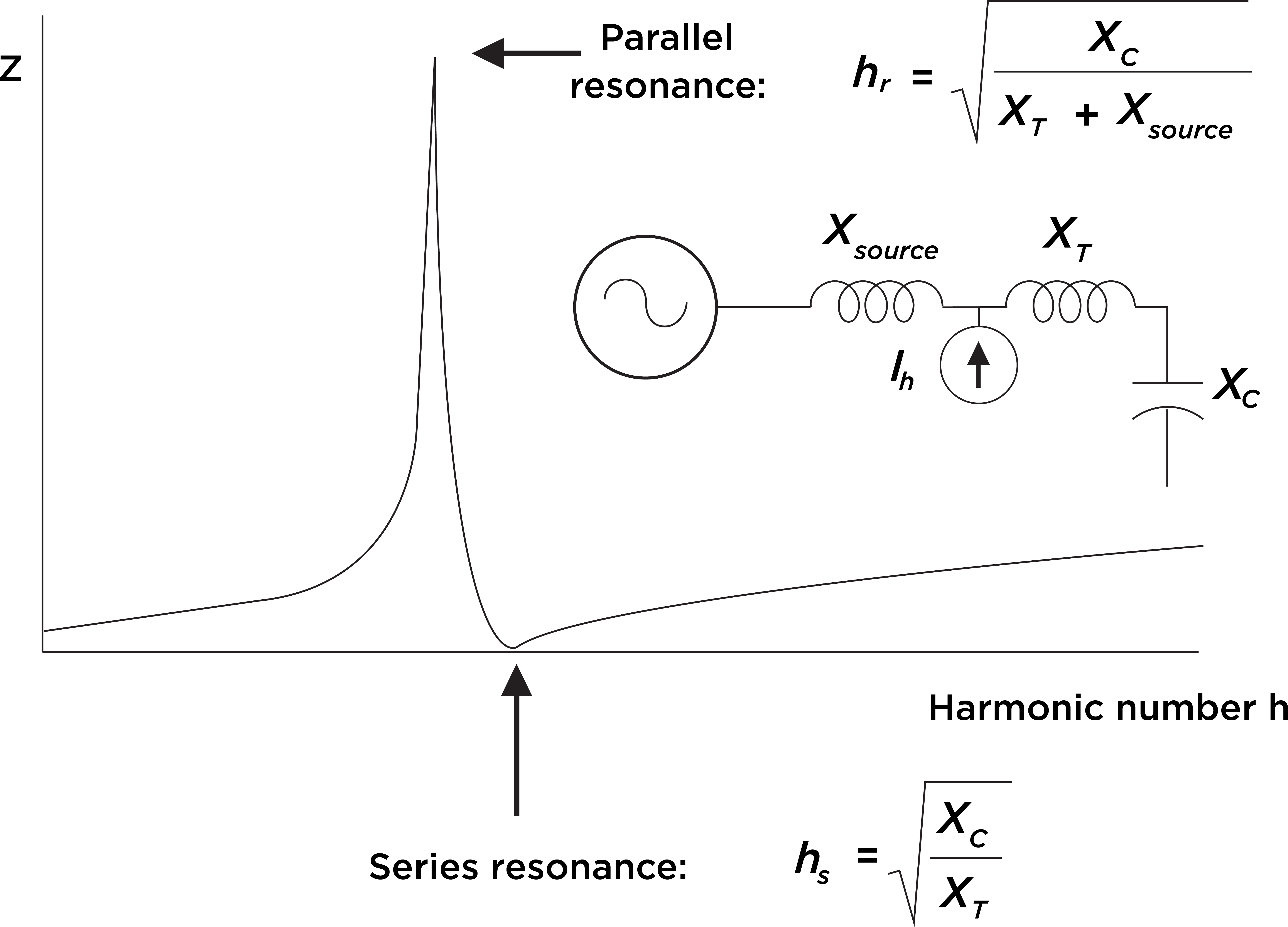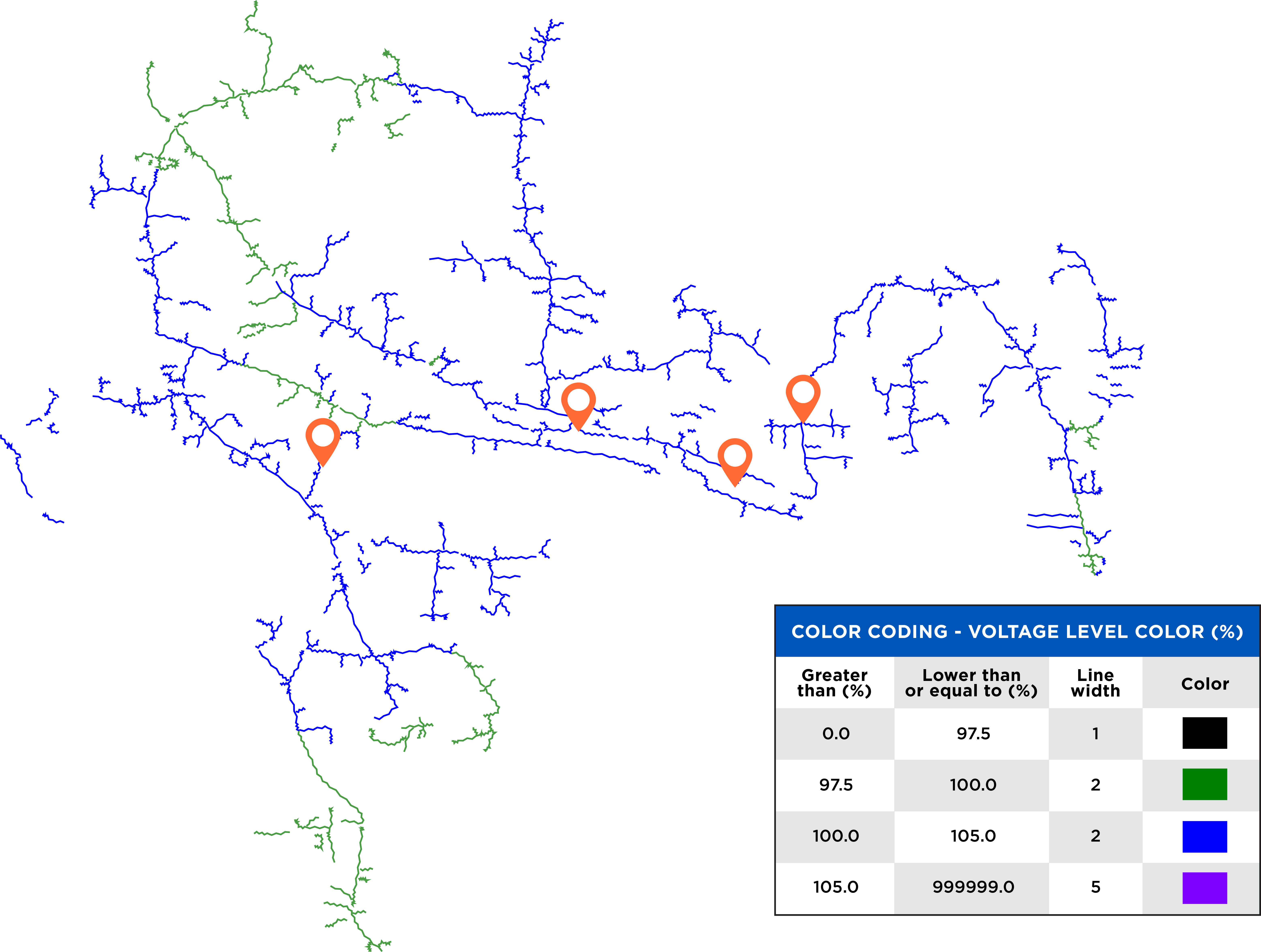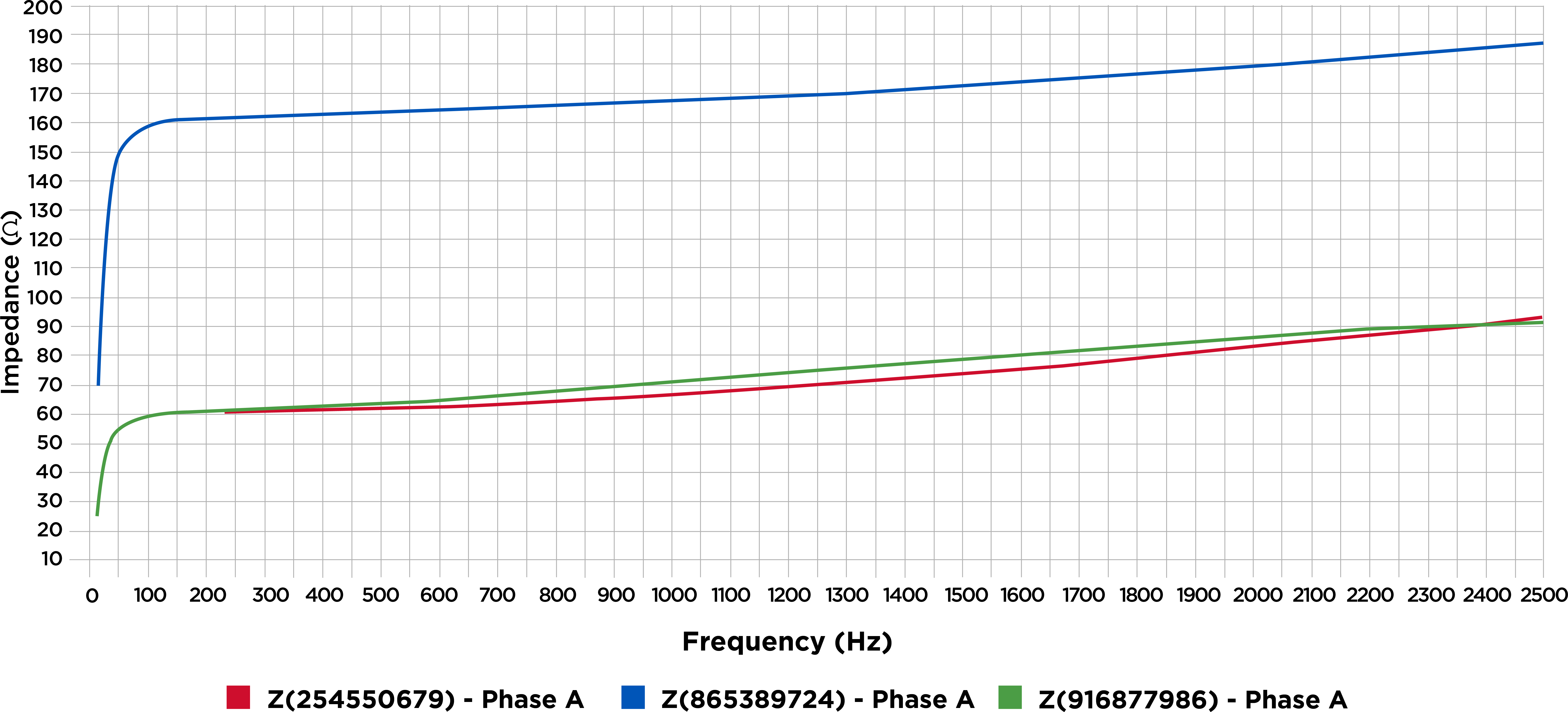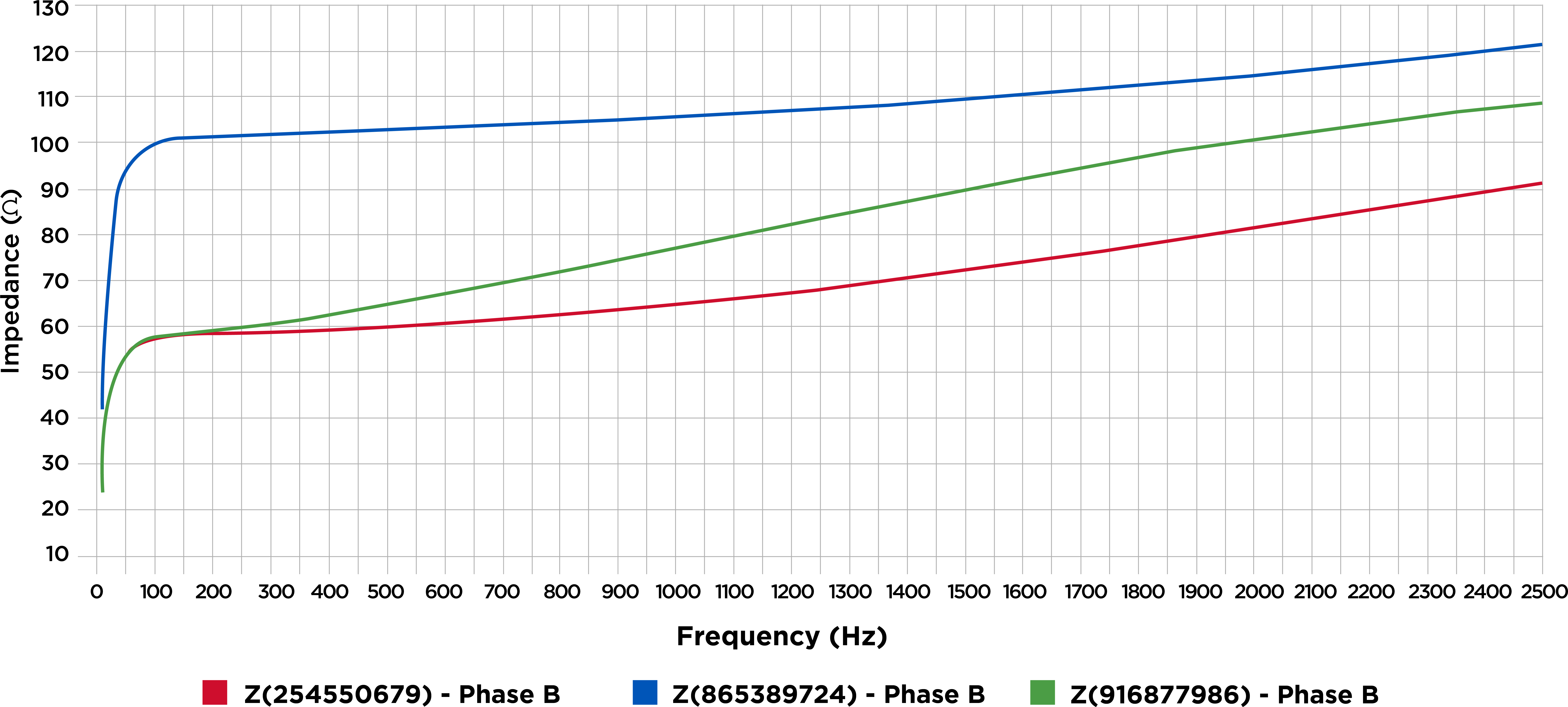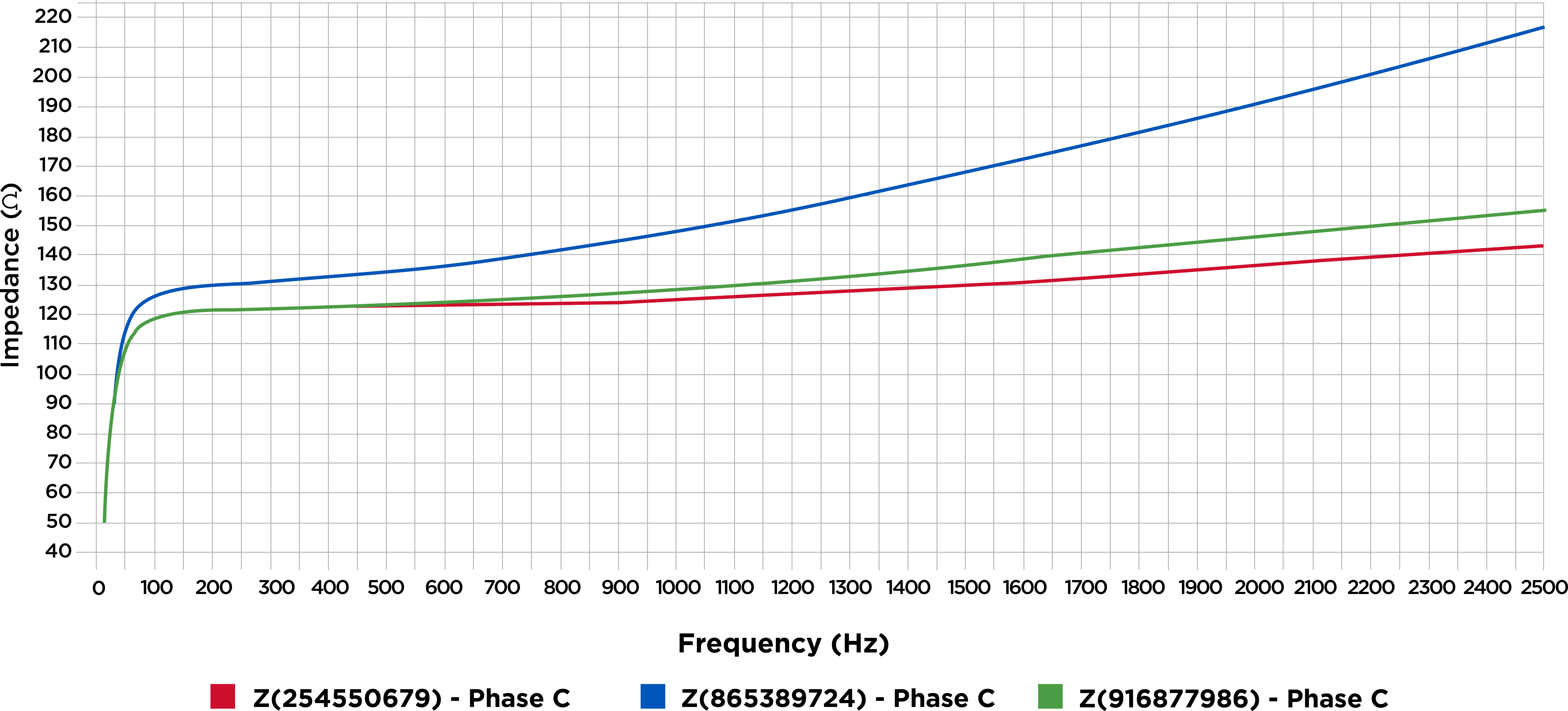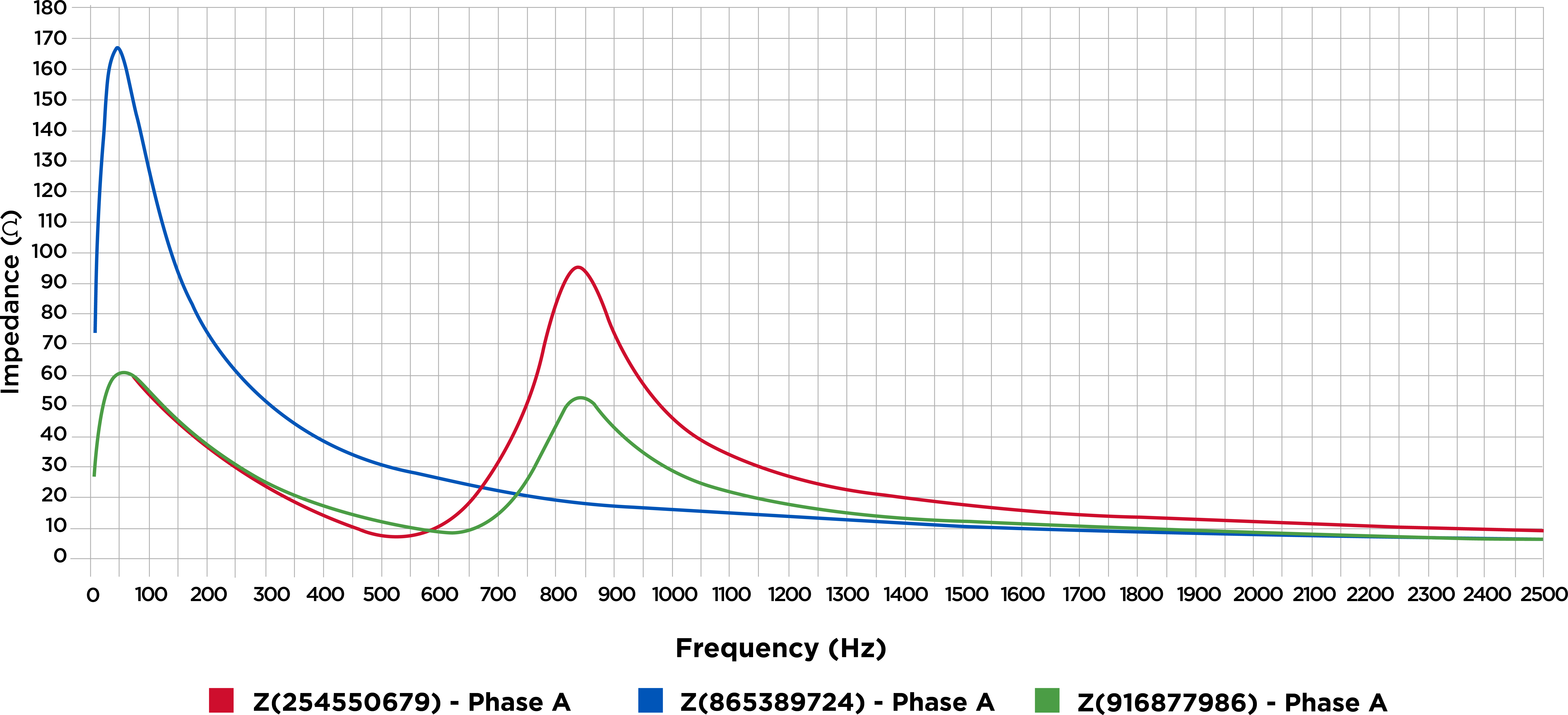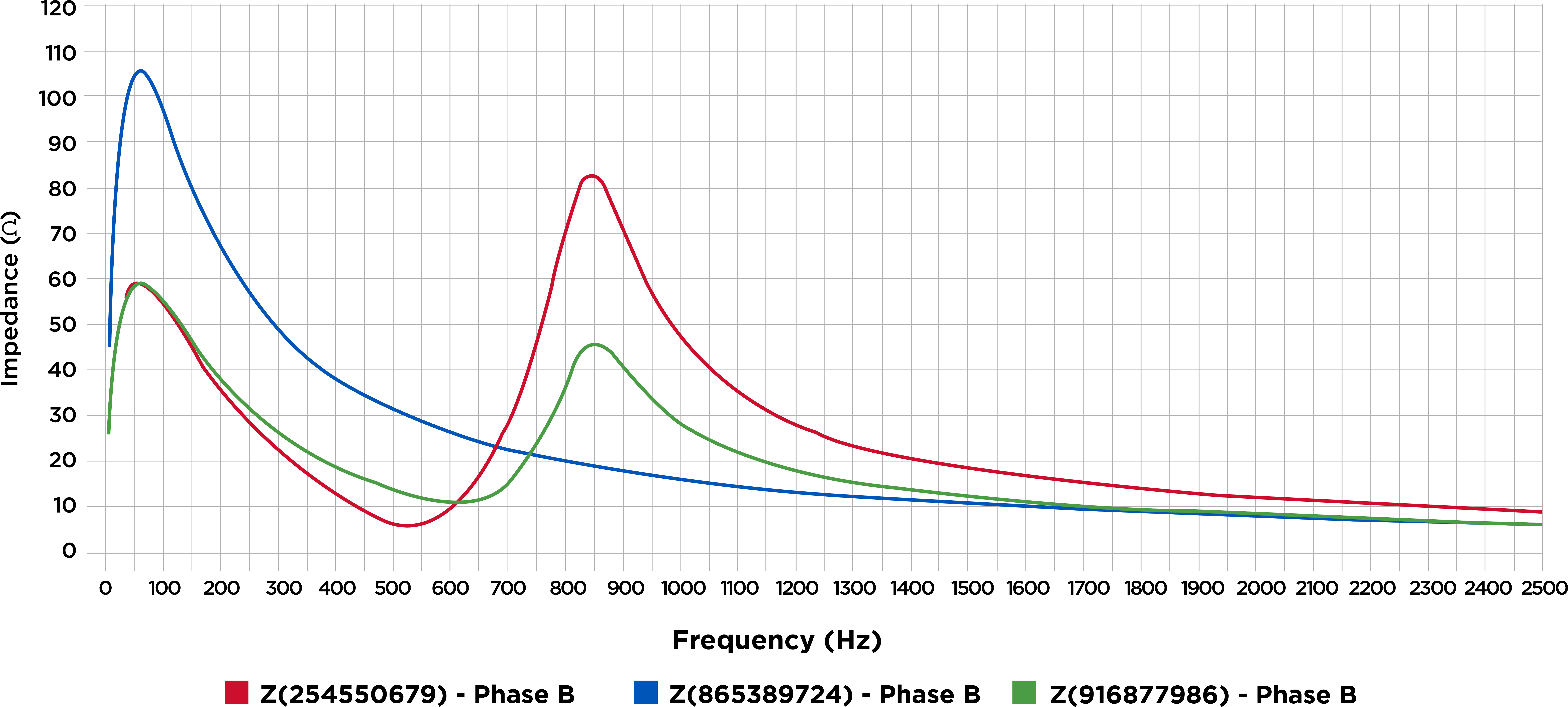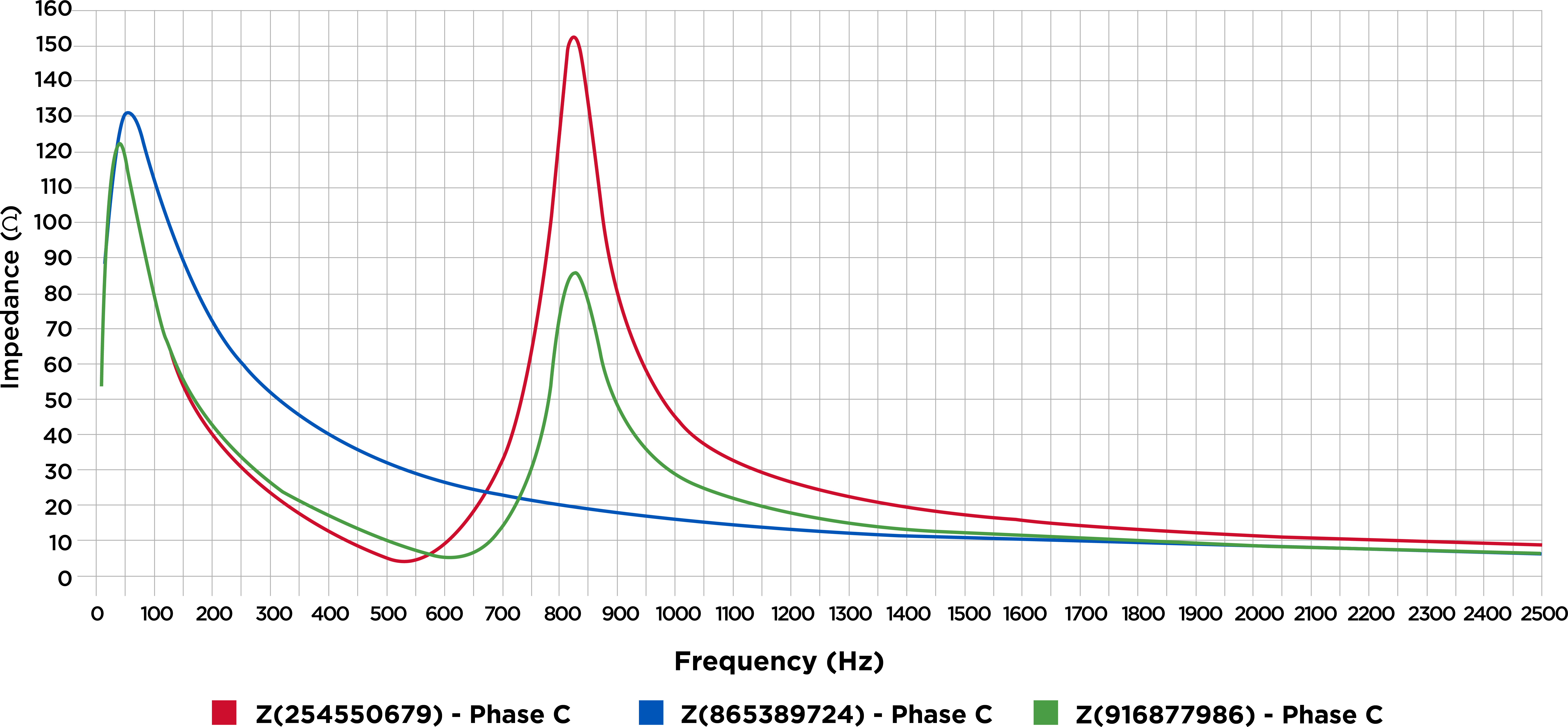The electrical power system consists of three interconnected components: generation systems that supply power, transmission systems that transfer the power, and distribution systems that feed it to end users. These systems rely on generators, transformers, transmission lines, cables, switchgear and reactive power compensation equipment to perform their jobs.
Electrical power is produced in renewable and conventional power generating stations owned either by electric utilities or private operators. The electricity, generated at medium voltage, enters into the transmission system via step-up transformers.
Power is transferred over long distances through extra-high-voltage (EHV) and high-voltage (HV) transmission lines before reaching the distribution system, the most complex part of the electrical network.
Primary substations connected to the transmission system reduce the power’s voltage so it can be distributed to residential, industrial and commercial consumers through either low-voltage (LV) or medium-voltage (MV) lines and cables. The primary objective of distribution operators is to provide efficient, reliable, high-quality power.
Their jobs are sometimes made more difficult by consumers, who can be major contributors to power quality issues. Nonlinear consumer loads produce harmonics in a power system. Nonsinusoidal current contains harmonic current that interferes with a power system’s impedance, leading to voltage distortion that can affect both the power system and the loads connected to it.
Power quality is further affected by the rapid changes taking place across the electrical power system. The growing contribution of distributed renewable energy resources to the distribution network and total energy supply can not only impact system stability, but also create harmonic distortion. Electric vehicle (EV) charging stations and other technologies may also contribute to total harmonic distortion during battery charging periods.
Another major contributor to distribution system harmonics is the growing volume of equipment that relies on a switched-mode power supply (SMPS). For example, all computer systems use SMPS to convert utility alternating current (AC) voltage to low-voltage direct current (DC) for their internal electronics. These nonlinear power supplies draw current in high-amplitude short pulses that create significant distortion in the electrical current and voltage waveshape. In other words, they create harmonic distortion.
To understand the economic and other impacts of this distortion, operators perform integrated voltage VAR control (IVVC) studies. These studies optimise regulator voltage settings and capacitor bank rating and placement to improve the power factor. The results of an IVVC study can help operators provide a flat voltage profile, helping to reduce losses across a circuit.
Historically, IVVC studies rarely considered the potentially harmful impact of connecting capacitor banks without harmonic filters. Given the increase in renewable energy sources and EV charging stations connecting to the distribution system, that is changing. These additions contribute to lower-order harmonics in distribution systems, which might cause harmonic resonance conditions that could significantly damage distribution equipment.
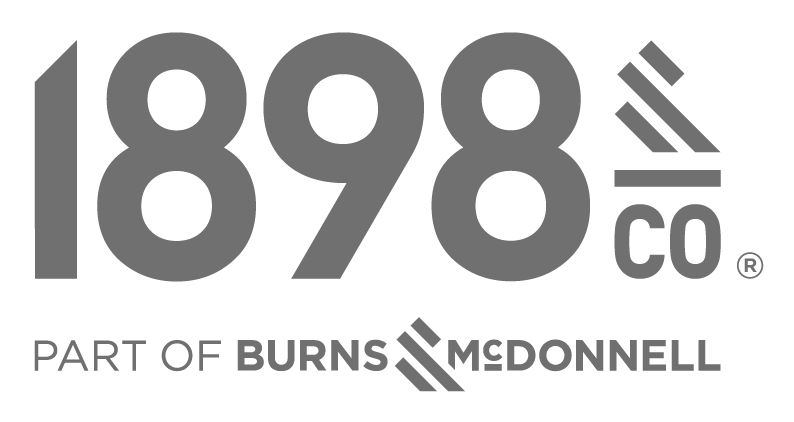


Trending

AI & Digital Transformation
Cyber Defense
Energy Transition
Smarter Capital Planning
Zero-Emissions Transportation
What We Do

Acquisition & Divestment
Asset Planning & Management
Business Strategy & Transformation
Data, Analytics & AI
Enterprise Technology
Financial Analysis
Industrial Cybersecurity
Policy & Regulatory
Industries

Government & Military
Manufacturing & Industrial
Oil, Gas & Chemicals
Ports & Maritime
Power
Transportation
Water
Solutions


